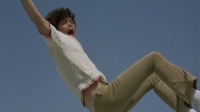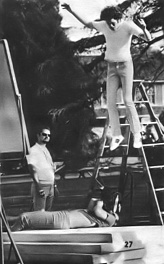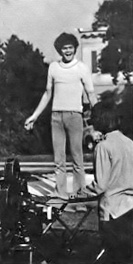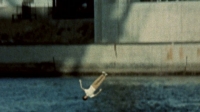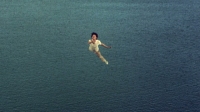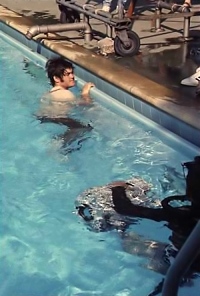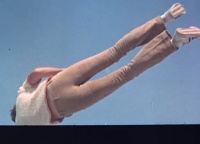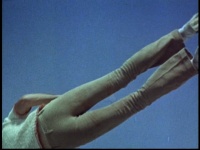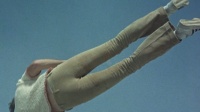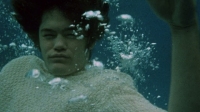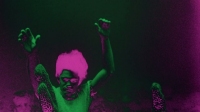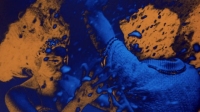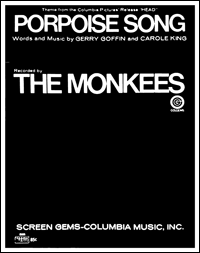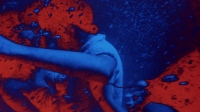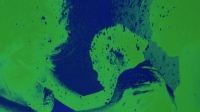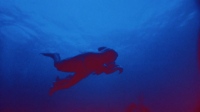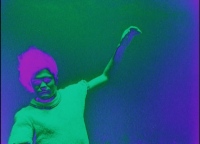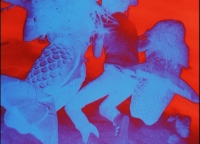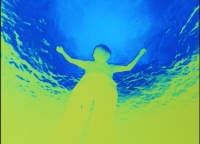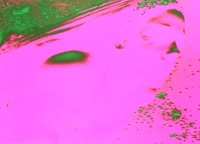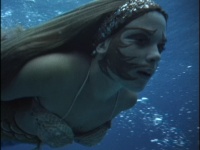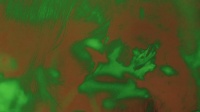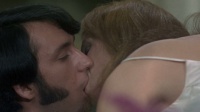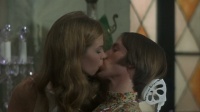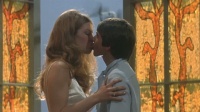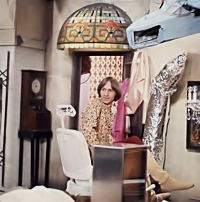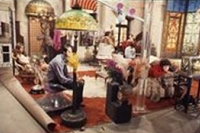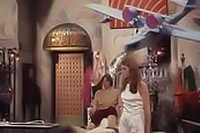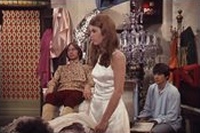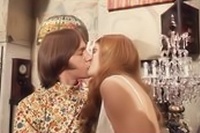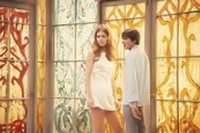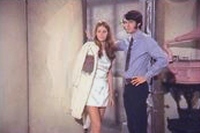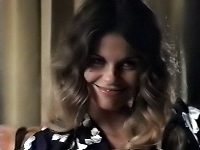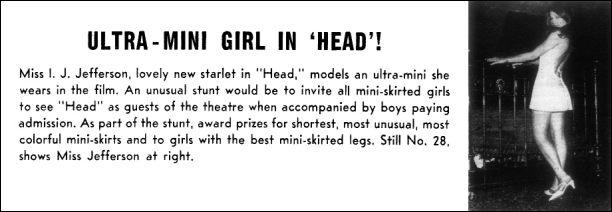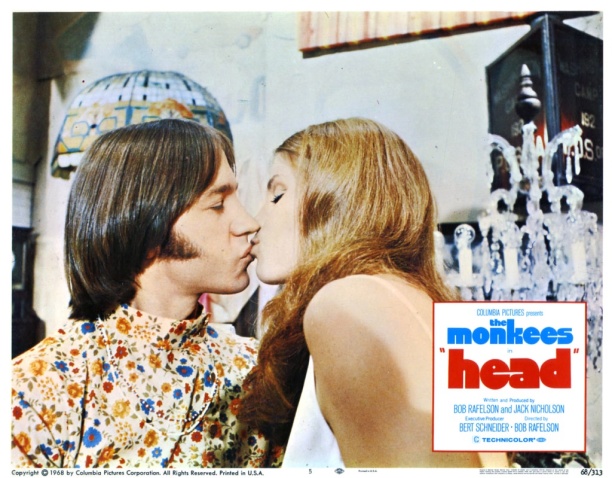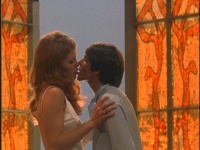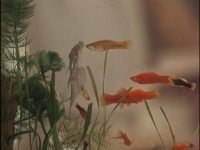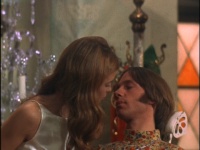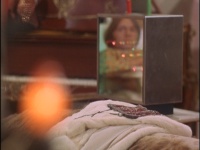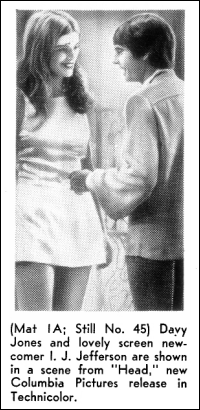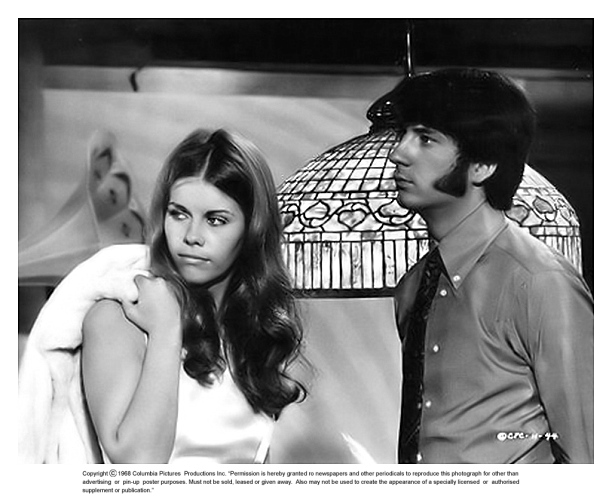|
EDIT NEWS: The Monkees - Head - 'Changes' - Page 3
| ||||||||||||||||||||||||||||||||||||||||||||||||||||||||||||||||||||||||||||||||||||||||||||||||||||||||||||||||||||||||||||||||||||||||||||||||||||||||||||||||||||||||||||||||||||||||||||||||||||||||||||||||||||||||||||||||||||||||||||||||||||||||||||||||||||||||||||||||||||||||||||||||||||||||||||||||||||||||||||||||||||||||||||||||||||||||||||||||||||||||||||||||||||||||||||||||||||||||||||||||||||||||||||||||||||||||||||||||||||||||||||||||||||||||||||||||||||||||||||||||||||||||||||||||||||||||||||||||||||||||||||||||||||||||||||||||||||||||||||||||||||||||||||||||||||||||||||||||
| Updated March 2013 | ||||||||||||||||||||||||||||||||||||||||||||||||||||||||||||||||||||||||||||||||||||||||||||||||||||||||||||||||||||||||||||||||||||||||||||||||||||||||||||||||||||||||||||||||||||||||||||||||||||||||||||||||||||||||||||||||||||||||||||||||||||||||||||||||||||||||||||||||||||||||||||||||||||||||||||||||||||||||||||||||||||||||||||||||||||||||||||||||||||||||||||||||||||||||||||||||||||||||||||||||||||||||||||||||||||||||||||||||||||||||||||||||||||||||||||||||||||||||||||||||||||||||||||||||||||||||||||||||||||||||||||||||||||||||||||||||||||||||||||||||||||||||||||||||||||||||||||||||
| ||||||||||||||||||||||||||||||||||||||||||||||||||||||||||||||||||||||||||||||||||||||||||||||||||||||||||||||||||||||||||||||||||||||||||||||||||||||||||||||||||||||||||||||||||||||||||||||||||||||||||||||||||||||||||||||||||||||||||||||||||||||||||||||||||||||||||||||||||||||||||||||||||||||||||||||||||||||||||||||||||||||||||||||||||||||||||||||||||||||||||||||||||||||||||||||||||||||||||||||||||||||||||||||||||||||||||||||||||||||||||||||||||||||||||||||||||||||||||||||||||||||||||||||||||||||||||||||||||||||||||||||||||||||||||||||||||||||||||||||||||||||||||||||||||||||||||||||||
This is the first page in this edition of the script which isn't marked as 'Revised' or 'Added', and simply displays a production number to identify it. Head, of course, features no opening titles. Had it been a more conventional film it's likely that this would have been the point at which they kicked in. One can easily picture this alternate version - the opening chord of 'Porpoise Song' striking in tandem with a nice yellow caption reading 'RAYBERT PRODUCTIONS, in association with COLUMBIA PICTURES presents'... The 'Changes' script doesn't specify a title sequence - although this could simply have been assumed as a given thing (the script doesn't expressly call for an end-credit sequence either). Although the lack of titles is usually assumed to be part of the artistic snook the film cocks at conventional Hollywood ideals it should perhaps be remembered that it wasn't until sometime in September that the title 'Head' was even suggested as a likely candidate. Shot 8, depicting Micky's fall from the bridge, appears to be a montage of four separate sessions:
Sandoval suggests the day of the shoot as 11th of April 1968 (indeed, several proof sheets of production photos taken during the scene, with that exact date and 'Monkee Movie' handwritten at the top, are available from Getty Images).
In the case of the image of the dummy Micky hitting the water we artificially zoom in on the actual camera shot at the correct frame-rate even though it's being played back at half speed, which gives the whole thing a very odd, jagged visual effect. However, the reasons for zooming in on Micky's dummy at this point may not simply be artistic but out of necessity - to crop out evidence of the other three dummy Monkees falling in its wake! During the reprise of the scene at the close of the movie we get a shot - from the exact same angle - showing Mike's facsimile hitting the same area of water, which has clearly been disturbed by the previous dummies so it's probably safe to conclude that at least one shot was set up to capture all four dummies splashing down in turn. The zoomed-in shot has also been rendered as a mirror image - presumably so that the angle of the dummy's body matches the previous shot of the real-life Micky, from which it mixes.
Some VHS releases opted for a pan and scan approach to this problem, zooming in on the action to perform a crop while remaining 'fullscreen'. However, the nature of the overlayed images meant that they couldn't just apply this to the 'affected areas' - the entire surrounding montage sequences had to be similarly cropped. The original, intended aspect ratio of Head had been a much-debated subject over the years. The Rhino DVD was marked as 1:33:1 - ie, resembling a basic, non-letterboxed TV picture (although it actually seemed closer to 'Academy ratio' - 1.37:1 - which both IMDb and the Columbia database believed was the correct ratio). Others guessed that the film was Academy but visually composed to be cropped to a widescreened 1.85:1. Certainly, this ratio had become something of a cinematic norm around that time - pertinent examples including The Trip and Easy Rider. The Criterion edition is "...presented in the director's preferred aspect ratio of 1.78:1", which is very slightly less widescreen than 1.85:1, but if Bob Rafelson and the good folk at Criterion say that's how it should be then who are we to complain? And since there appears to be a fair few instances of pan-and-scan on the Blu-ray presentation anyway, perhaps it's fair to say that there'll probably never be a 'definitive' version of Head. We'll be delving much further into this fascinating subject as the site progresses. Whether you like it or not. The final session for the sequence - ie the main bulk of the underwater mermaid sequence - was filmed sometime in May 1968, at Paradise Island in the Bahamas. Only Dolenz would have been required 'on-set' for this date as the other Monkees don't feature in the sequence. A write-up about the film in Monkees Monthly, June 1968 suggests that there may actually have been plans (possibly even attempts) to film these sequences at Long Beach during the bridge shoot but that the water there wasn't clear enough.
The basic track for the song was recorded on February 26 1968 at California Recorders, Hollywood, with various overdubs occurring over several other sessions before Micky Dolenz and Davy Jones added their vocals. Commissioned and written specifically for the film rather than plucked from a pile of demos, it's highly likely that Goffin and King were issued with a copy of the 'Changes' script and used the above page as an overall starting point for the song, both lyrically ("The porpoise is laughing, goodbye, goodbye..." illustrating the suicide-by-drowning scenario, while a jokey allusion to Micky Dolenz's Circus Boy origins with "Riding the backs of giraffes for laughs is alright for a while..." has been confirmed elsewhere) and in terms of Gerry Goffin's production - the tolling bell, the oceanic sounds, etc. Intriguingly, unlike the film, the 'Changes' script doesn't call for 'Musical Number One' to be reprised at the close of the movie along with the repeated bridge-suicide scenario, but a note suggests that the song in question (simply highlighted as 'Musical # 7') should 'recap the film, the box, and how to get in and out, and also review the film' (see 'Changes' - Page 99, Shot 354). The word 'Kundali' doesn't feature anywhere in the sequence and the Gregorian Chant-esque "We want the Monkees" isn't attempted (one assumes this would simply have involved slowing down a recording of the teenage audience from the Salt Lake City location shoot for 'Circle Sky' and adding a bit of reverb!). Interestingly, Carole King's original unreleased piano demo of 'Porpoise Song' is bookended by some curious Latin chanting - which didn't make it to studio version. For more about 'Porpoise Song' and other songs in Head, go to our soundtrack page. You'll find it on the hard-drive of a PC which died two years ago, taking all our research and an almost complete draft of this site with it. Hence the delay with the updates. Sorry about that.
Shot 12 asks for a multi-coloured spiral revolving over the image. No such device is present in the sequence - although something similar will occur later in the film, as a visual transition between the Cop fainting in the washroom and Mike waking up in bed ('The Cop's Dream'). Anyone who dismissed the 'polarised negative' effects (which, according to a possibly apocryphal tale were so complicated to execute that it delayed the movie's release) as a shameless cribbing from Richard Avedon's contemporaneous pop-art designs of The Beatles will be delighted to know that an excised scene later on in the film pretty much spells this out for us (see 'Changes' - Page 39D, Shot 150F). Which is a shame, since we always assumed it was a crib from the front cover of the Mothers of Invention's Freak Out (1966). How the effect was actually achieved is beyond our understanding. A complete guess here: each of the camera shots would appear to have first been rendered monochrome, then tinted at various colours in both negative and positive images. After which, pairs of negative and positive shots - with conflicting colouring - were matched and printed together, effectively creating various two-tone images - Blue vs Yellow; Green vs Orange; Purple vs Yellow; Blue vs Red, etc.
As mentioned in our introductory page, as well as a mass of alternate shots, 'NY Action' features some of the same footage as used in the film but with alternate colouring - so it's likely that many different configurations of colour were messed about with and discarded while choosing the clips used in the final edit. 'NY Action' also features a few standalone shots of some of the basic colours used in the sequence - as if someone just placed a piece of card with the chosen tone upon it in front of the camera and filmed it. Is it possible that these were part of the process used to create the two-tone image? Shot 14 introduces the mermaids, of which there are only two - not three - in the film. They are indeed 'bizarrely painted', with weird facial patterns resembling Red Indian war paint, although with all the solarisation this is only identifiable on a couple of shots.
Most of the transitions between different-coloured shots involve cutting to different angles and the like, although there is one instance towards the end of the sequence where such a cut occurs within the same shot - of the mermaids carrying Micky along - which switches halfway through from Blue vs Red to Blue vs Yellow. The Columbia Pictures theatrical trailer for Head was far less 'underground' than 'NY Action' ("They can't be The Marx Brothers - they're too young!") but also features a shot of a mermaid from the 'Porpoise Song' sequence completely devoid of the solarising effect. The only other bits of the trailer which don't match the film are a couple of brief snippets from the 'Long Title: Do I Have To Do This All Over Again' party sequence (which of course also featured massive instances of solarising in the film). From this we'd guess that 'Porpoise Song' and 'Long Title' were among the last sections of Head to be completed and that the trailer was put together before this. This may even prove that the story about the FX session causing delays in the production is correct! The Portuguese version of the afore-mentioned trailer (ostensibly the same as the US version but with some title captions missing and a rejigged and redubbed soundtrack) features the same unsolarised shot but without the yellow 'HEAD' caption. Both appear on the Rhino DVD and the Criterion Blu-ray.
Particularly interesting there is Shot 16's unused Twilight Zone-esque intercut images drifting by, many of which allude to the film we're about to watch. The mannequins and the boxing glove should need no explanation to Head fans. A cat was to make an appearance during the 'War' sequence (see 'Changes' - Page 11A, Shot 48). More general allusions here in the form of musical instruments, newspapers and records, while 'TV dinners' represents part of the self-satire which runs throughout the movie (the Monkees were certainly described in one damning article as the musical equivalent of a TV dinner). The 'doll attached to some balloons' is... well, it's probably some oblique reference to Lyndon Johnson or something... Since the directions allude to Micky's 'lifeless body' it's likely that the montage of images were intended as some kind of 'life flashing before his eyes' device (and since we're purportedly viewing the end of the story at this stage then referencing situations which occur later in the film as 'past events' makes perfect sense). Although Shot 16 isn't represented in Head, the visuals of the 'Ditty Diego' sequence later will play a similar role, at least in terms of alerting the viewer as to what they can expect over the next eighty minutes.
The final kiss from a mermaid doesn't occur. Instead, we mix straight through to Shot 17, the solarisation fading to normality as we do so.
Sandoval reports that the kissing contest and the subsequent (unused) mirror scenes were filmed at Columbia Studios - on Stage 7, where The Monkees TV show was also shot - on the 19th and 20th of February 1968 - the first actual filming session for the movie.
In an interview published as part of Shindig's big Head retrospective (Issue 19 - Nov/Dec 2010), Peter Tork recalls that Bob Rafelson attempted to keep news of the strike from the other crew-members, pretending that everything was carrying on as normal and that the first scheduled day was simply for 'set-ups'. Randi L Massingill's Mike Nesmith biography Total Control meanwhile suggests that there was no pretense and that the first day was given over to pre-planned lighting/colour tests using stand-ins. As ever, the truth may lie somewhere in between - although it's clear that at least one one part of the session would definitely have required some elaborate technical run-throughs before they could proceed (see 'Changes' - Page 5/6, Shots 20 - 26). It's more than likely that, in addition to the kissing contest, other scenes which take place at the Monkees beach house - eg, Mike's rude awakening, the delivery of the telegram, Micky disappearing, etc - were filmed during the same two days, the house being a particularly elaborate set to build. Indeed, a ridiculous on-set write-up by Gloria Stavers for 16 Magazine (June 1968) suggests that the 'bowing' sequence (with the white-tailored group on their knees in front of the stained glass windows), the delivery of the telegram, and at least some parts of the kissing set-up were recorded during their second day on-set at Stage 7. Stavers also covers the following day's location shoot at Bronson Canyon for the war trench scenes.
The set design of the beach house is quite similar to that of the TV series but with several 'hip' alterations: stained-glass bay windows, art deco artefacts, etc. The Head page at the Monkees TV and Film Vault does quite a thorough job in isolating the various differences. while the production notes in the original 1969 French Head press pack inform us that 'Part of the Monkees' house was equipped with items as disparate as a barber's chair, a rocking chair made of glass, an old poster of Teddy Roosevelt, an old piano inlaid with gold, a column of glass in the middle of floor, and so on.' That the design visually namechecks the set of the TV show in any way whatsoever is quite interesting, although there is perhaps the implication that this familiar setting provides the initial springboard for the band's planned 'escape' from the TV existence which ultimately restricts them.
Mimi Machu's page on Gazzarri Dancers.com is well worth a gander.
Shots 17 - 19 cover the multiple kissing scenes during the shoot, although - as with the opening bridge scene - Head chooses to present the whole one and a half minute sequence as a single continuous tracking shot with no cutaways.
As filmed, Mike enjoys his clinch ahead of Peter, and any allusions to arranging 'a place on the couch' (or indeed any indications that each successive Monkee is even watching the previous kiss) are lost since the camera conveys a constant close-up throughout. Indeed, whereas the script suggests the boys are trying a bit too hard to impress their guest, the movie depicts them as rather passive chaps, entirely under her power. Davy doesn't lead her by the hand onto the balcony - he's already in place, awaiting her. The film-makers had a bit of fun in the sound-dub adding a subtle additional sound effect after each kiss, sweetening 'Lady Pleasure's journey to the next bandmember: a brief heightened bubbling from Micky's fish tank, an extra 'ching' from Mike's wind-chimes and an added 'squeak' from Peter's barbers chair, intended presumably to represent a series of rather limp orgasmic tingles - a direct contrast to the almighty cum-shot that is the response to Davy's kiss: birdsong, crashing waves and a romantic orchestral swell. We don't see 'the sun through the trees' from a balcony vantage point as the script suggests but the stained-glass bay-windows do fly open of their own accord to reveal a clear blue sky and seabirds flapping about. However, this whole set-up would appear to be conveying Davy's response rather than the girl's as she then declares the contest a draw ("About 90% each - that's what she told us afterwards!", insisted Davy Jones on the Colgems 'Open End Radio Interview'). Indeed, it was most likely intended as a slightly more ambitious take on the 'animated stars' device used on the Monkees TV show whenever Davy saw a girl and fell in love.
Other moments of out-take interest from this scene in 'NY Action' include an alternate angle/take of the Peter kiss, a close-up of the fish tank without effects (or indeed Micky or the girl in shot) and a different take of the girl's coat draped over the sofa - with the still-passive image of Peter reflected in something akin to a TV set in the background.
Exactly when Thorne came on board isn't known - indeed, Davy Jones was quoted in an NME write-up (published April 6 1968 but probably dating from an on-set interview conducted a few weeks previously) as suggesting that Mike Nesmith might write the incidental score. Although there's the vaguest possibility that Nesmith did conduct a session to provide sound effects for one sequence (for a scene which was cut - see 'Changes' - Page 69, Shot 235), it's doubtful that he'd ever have been involved in actually orchestrating the film. Sandoval lists the recording session for Thorne's score as October 2 1968 at Goldwyn Studios, Los Angeles. Since there had already apparently been preview screenings before this date it's worth pondering on what kind of score - if any - accompanied the rough cut assemblies shown to the test-audiences. Such screenings often lack various final post-production elements like music and sound effects (a factor which is of course explained to the audience beforehand) but since Head relies so heavily on those extra touches it's perhaps easy to understand why the initial response was so guarded. We had hoped that Thorne's score insertions might have been given nice exciting titles like 'Davy's Orgasm', 'The Black Box', 'Vestibule Glissandi', etc. However we're informed that the recorded pieces - most of which survive in the archives (and have been incorporated into the fantastic new Criterion 5.1 Surround mix) - are identified only by cue-numbers.
| ||||||||||||||||||||||||||||||||||||||||||||||||||||||||||||||||||||||||||||||||||||||||||||||||||||||||||||||||||||||||||||||||||||||||||||||||||||||||||||||||||||||||||||||||||||||||||||||||||||||||||||||||||||||||||||||||||||||||||||||||||||||||||||||||||||||||||||||||||||||||||||||||||||||||||||||||||||||||||||||||||||||||||||||||||||||||||||||||||||||||||||||||||||||||||||||||||||||||||||||||||||||||||||||||||||||||||||||||||||||||||||||||||||||||||||||||||||||||||||||||||||||||||||||||||||||||||||||||||||||||||||||||||||||||||||||||||||||||||||||||||||||||||||||||||||||||||||||||
|
| ||||||||||||||||||||||||||||||||||||||||||||||||||||||||||||||||||||||||||||||||||||||||||||||||||||||||||||||||||||||||||||||||||||||||||||||||||||||||||||||||||||||||||||||||||||||||||||||||||||||||||||||||||||||||||||||||||||||||||||||||||||||||||||||||||||||||||||||||||||||||||||||||||||||||||||||||||||||||||||||||||||||||||||||||||||||||||||||||||||||||||||||||||||||||||||||||||||||||||||||||||||||||||||||||||||||||||||||||||||||||||||||||||||||||||||||||||||||||||||||||||||||||||||||||||||||||||||||||||||||||||||||||||||||||||||||||||||||||||||||||||||||||||||||||||||||||||||||||
